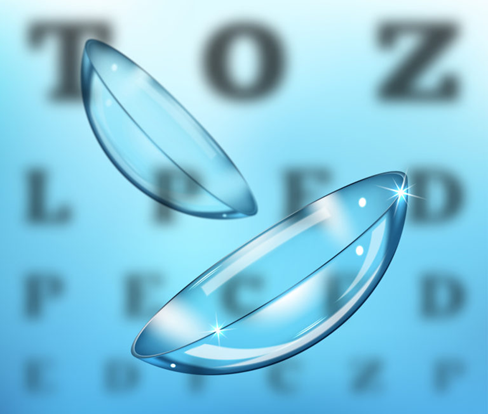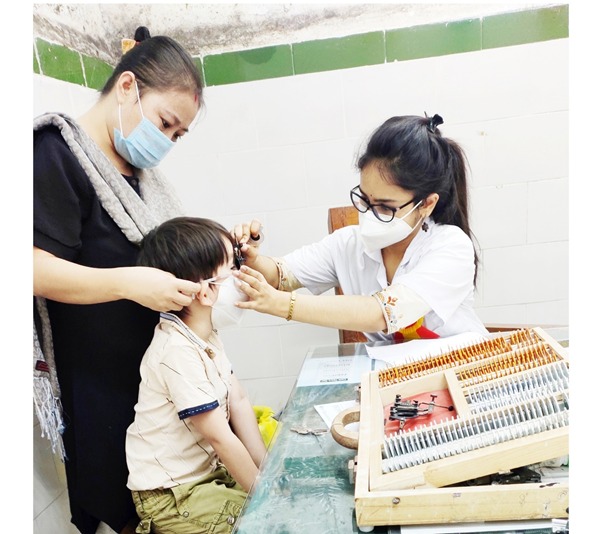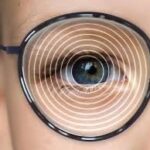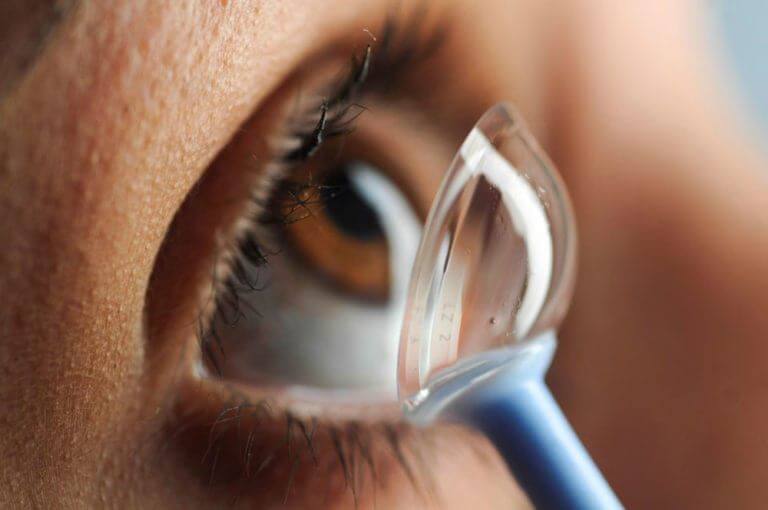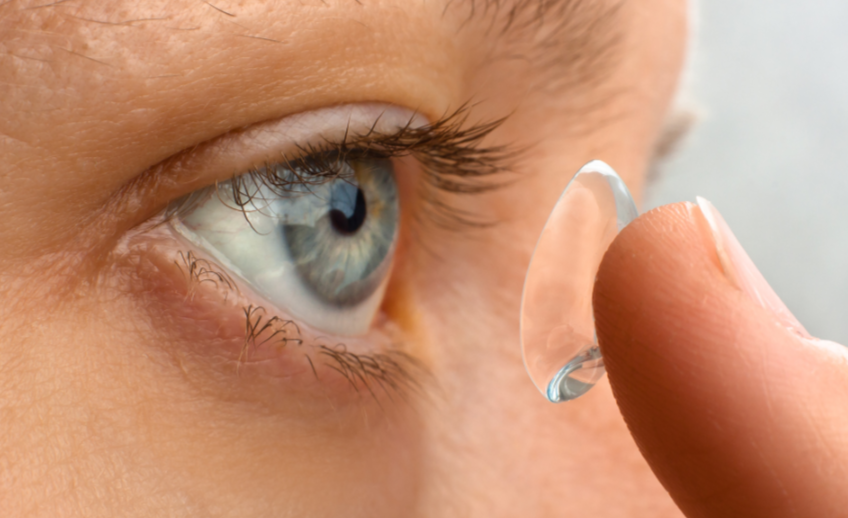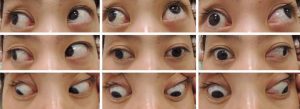For decades, the solution for blurry distance vision caused by myopia (nearsightedness) was straightforward: get a pair of glasses or standard contact lenses. The goal was simple—bend the light correctly so the world snaps into focus. Mission accomplished, right? Not quite. While corrective lenses solve the symptom (blurry vision), they do nothing to address the underlying condition: the eye itself growing too long. This excessive elongation is more than just an inconvenience; it’s a significant risk factor for serious eye diseases later in life. Today, we’re in the midst of a paradigm shift in eye care. We’re moving from just correcting myopia to actively controlling it. And at the forefront of this revolution are specialized contact lenses designed not only to help you see clearly today but to protect your long-term ocular
health.
Myopia Isn’t Just a Number: Understanding the Why Behind the Control
Before we dive into the solutions, it's crucial to understand the problem. Myopia occurs when the eyeball grows too long from front to back, or when the cornea (the clear front surface of the eye) is too curved. This causes light rays to focus at a point in front of the retina instead of
directly on it.
The traditional approach has been to use a standard concave (minus-power) lens to move that focal point backward onto the retina. This works perfectly for providing clear vision.
However, research has uncovered a critical flaw in this approach. While the central vision is corrected, the standard lens creates a phenomenon known as peripheral hyperopic defocus. In simple terms, the light focuses behind the retina in the peripheral vision. Emerging evidence suggests that this peripheral hyperopic defocus may act as a stimulus for the eye to continue elongating, potentially worsening the myopia over time.
This is where the danger lies. A longer eye means a stretched and thinner retina, making it more susceptible to tears, detachments, macular degeneration, glaucoma, and cataracts. The higher the myopia (especially over -5.00 or -6.00 diopters), the greater the risk.
The goal of myopia control, therefore, is to slow down this axial elongation, preserving both the prescription and the health of the eye.
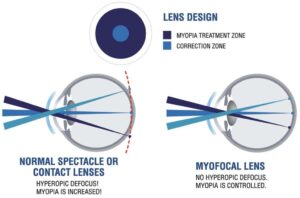
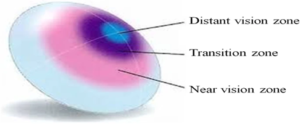
The Myopia Control Toolkit: How Contact Lenses Enter the Picture
There are several effective methods for myopia control, including special eyeglass lenses and pharmaceutical eye drops (like low-dose atropine). However, contact lenses offer a unique and highly effective combination of vision correction and therapeutic intervention.
The two primary types are:
1. Orthokeratology (Ortho-K): Often described as braces for your eyes. It involves wearing rigid gas permeable (RGP) contact lenses overnight. While you sleep, these lenses gently and precisely reshape the front surface of the cornea.
How it works for myopia control:
It flattens the central cornea enough to correct your distance vision for the next day. But more importantly, it steepens the mid-peripheral cornea. This creates a peripheral myopic defocus the exact opposite of the problematic peripheral hyperopic defocus. Now, the peripheral light focuses in front of the retina. This signal tells the eye to slow down its growth.
Benefits:
* Freedom during the day: You remove the lenses in the morning and enjoy perfect, unaided vision all day for sports, swimming, or just the simplicity of not dealing with lenses or glasses.
* Highly effective: Numerous studies have shown Ortho-K to reduce axial elongation (eye growth) by 30-60% on average compared to single-vision glasses or contacts.
* Active lifestyle friendly: Ideal for children and adults who are very physically active.
Considerations:
* Strict hygiene: Because they are worn overnight, the risk of infection is higher if proper cleaning and handling protocols are not followed meticulously.
* It’s a commitment: The lenses must be worn consistently every night to maintain the effect and clear vision.
* Initial adaptation: This can be challenging due to the rigid lens material.
2. Soft Multifocal Contact Lenses: You might associate multifocal lenses with people over 40 who need help with reading (presbyopia). However, eye care professionals have repurposed the optical principles of these lenses for a brilliant myopia control application.
How it works for myopia control:
They are typically center-distance multifocal .The center of the lens corrects the distance prescription to provide clear central vision. The surrounding rings of the lens have added positive power, which creates the same therapeutic peripheral myopic defocus as Ortho-K. This dual-focus system allows the child to see clearly while simultaneously presenting the stop growing signal to the eye.
Benefits:
* Proven efficacy: Studies, including those on specifically FDA-approved lenses for myopia control like MiSight® 1 day, show a similar reduction in eye growth (40-60%) to Ortho-K.
* Soft lens comfort: Most children adapt to these lenses very quickly as they are made from soft, hydrogel-like materials.
* Daily disposable options: Lenses like MiSight® 1 day are thrown away after each use. This eliminates the need for cleaning and drastically reduces the risk of hygiene-related complications.
Considerations:
* They are still medical devices: Even daily disposables require good handling habits to avoid eye infections.
* Symptoms: children may experience initial ghosting or halos around objects as their brain adapts to the simultaneous images, though this usually subsides quickly.
Making the Decision: Is Myopia Control Right for Your Child?
This is not a one-size-fits-all decision. It requires a partnership between parents, the child, and an eye care professional who is knowledgeable about myopia management.
Key factors to consider:
* Age of Onset: The younger a child becomes myopic, the more time their eyes have to progress into high myopia. Early intervention is key.
* Current Prescription and Rate of Progression: Is their prescription jumping by -0.75 or -1.00 diopters every year? This rapid progression is a strong indicator to start control methods.
* Lifestyle and Motivation: Is your child responsible enough to handle contact lens care (or can parents help)? Are they involved in sports where glasses are a hindrance?
* Family History: A strong family history of high myopia increases the urgency for intervention.
The first and most critical step is a comprehensive eye exam with a optometrist or ophthalmologist who specializes in or is familiar with myopia management. They will take precise measurements, including axial length, to establish a baseline and monitor progress.
A Vision for the Future
The field of myopia control is one of the most exciting and rapidly evolving areas in eye care. The contact lenses available today are safe, effective, and life-changing. They represent a move from passive correction to active management, from simply seeing clearly today to ensuring
healthy vision for a lifetime. While the responsibility of having a child in contact lenses can feel daunting, the potential reward significantly reducing their risk of vision-threatening conditions in adulthood—is immense. It’s an investment in their future, giving them the gift of clear sight today and protected vision for all the days to come.

